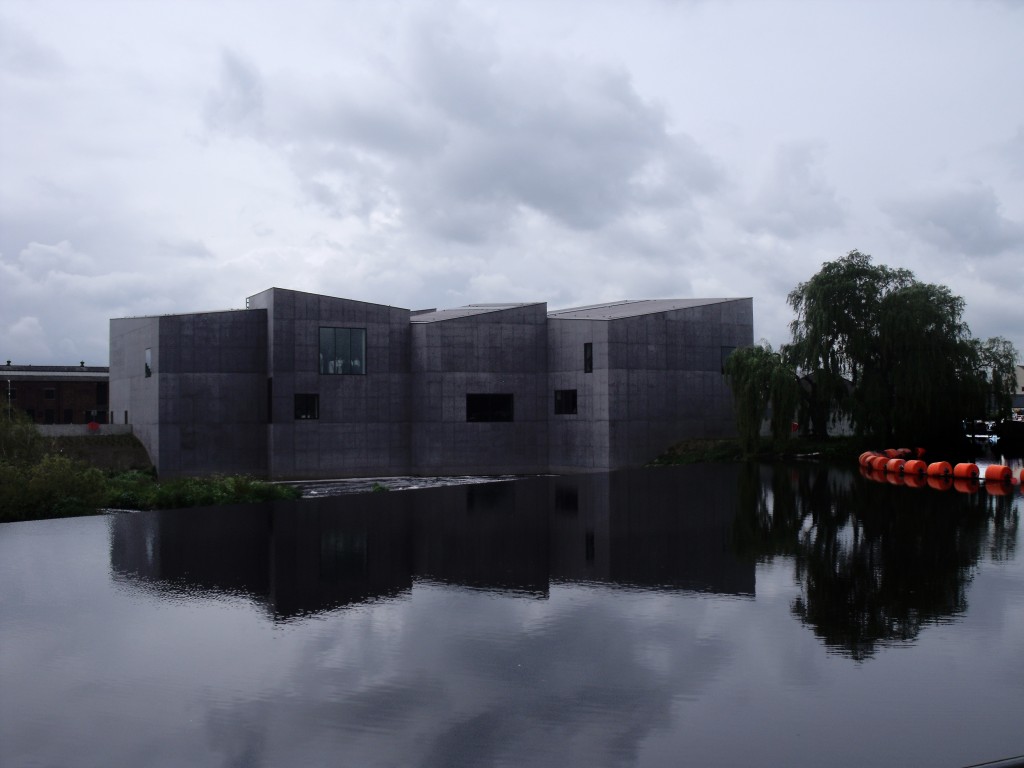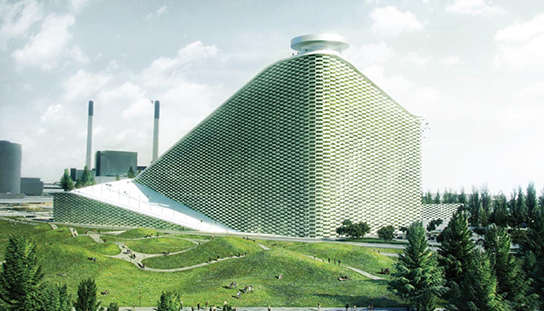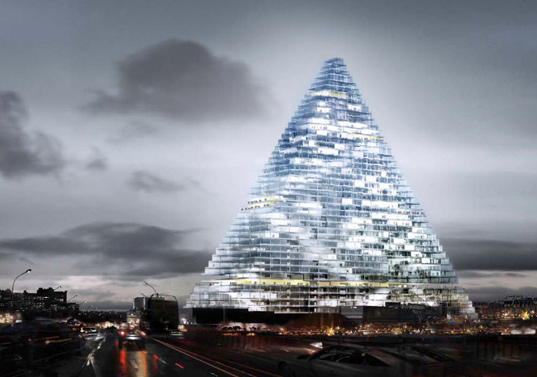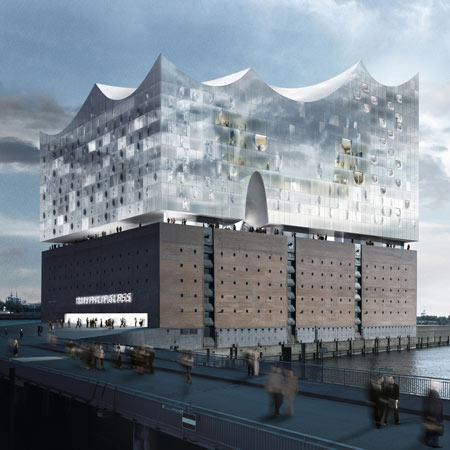The Hepworth Wakefield
The city of Wakefield was once known for its coal and textile industries but these have long since gone, victims of the Thatcher government in the 1970s and 80s. Today it is best known as the hometown to one the most renowned British sculptors of the 20th century: Barbara Hepworth. A contemporary of Henry Moore, …






